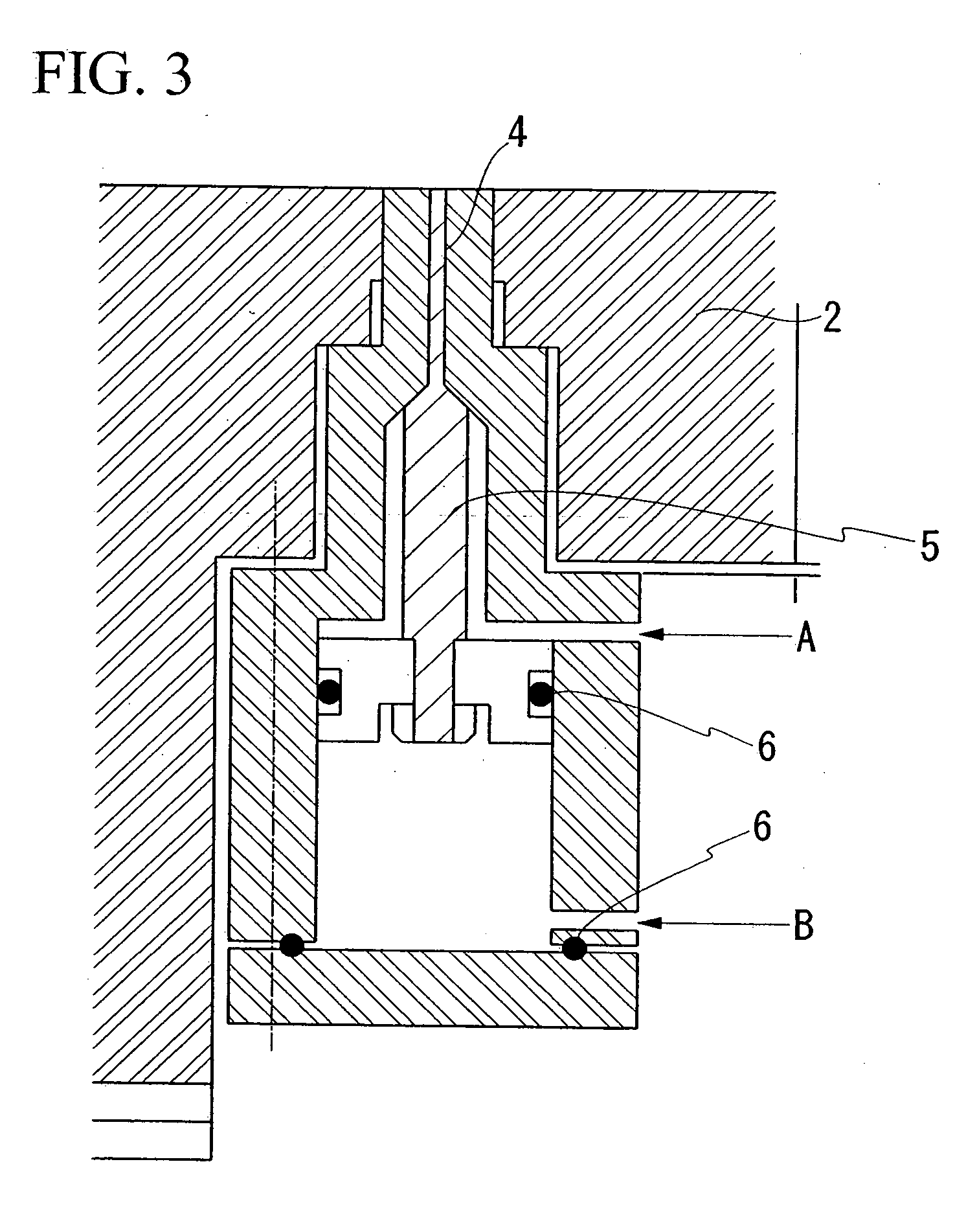Epoxy resin for prepreg, prepreg, fiber-reinforced composite material, and processes for producing these
a technology of epoxy resin and thermosetting resin, which is applied in the direction of synthetic resin layered products, woodworking apparatus, domestic applications, etc., can solve the problems of increasing the amount of agents used, reducing mechanical properties, and requiring a time of 2 to 6 hours, etc., to achieve excellent design, short time, and high strength
- Summary
- Abstract
- Description
- Claims
- Application Information
AI Technical Summary
Benefits of technology
Problems solved by technology
Method used
Image
Examples
examples
[0220] The four embodiments of the present invention are specifically described with the following Examples.
first embodiment
Examples of the First Embodiment
[0221] In the present Examples and Comparative examples, materials represented by the following abbreviations are used. Average particle size was the value measured by a laser diffractive scattering method. The present embodiment should not be limited to the following Examples.
[0222] EP828: manufactured by Japan Epoxy Resins CO., LTD, EPIKOTE 828 (registered trade name, bisphenol A type epoxy resin, 120p / 25° C.)
[0223] EP807: manufactured by Japan Epoxy Resins CO., LTD, EPIKOTE 807 (registered trade name, bisphenol F type epoxy resin, 30p / 25° C.)
[0224] EP604: manufactured by Japan Epoxy Resins CO., LTD, EPIKOTE 604 (registered trade name, glycidylamine type epoxy resin)
[0225] N740: manufactured by Dainippon Ink and Chemicals Incorporated, EPICLON N-740 (phenol novolac type epoxy resin, semi-solid)
[0226] YCDN701: manufactured by Tohto Kasei Co., Ltd., PHENOTOHTO YCDN701 (cresol novolac type epoxy resin)
[0227] FLEP 50: manufactured by Toray Thiokol...
examples 1 to 10
[0249] Each of the epoxy resin compositions was prepared by mixing to be uniform in the composition ratio shown in the Table 1. The epoxy resin composition was uniformly coated by a handy roll coater on an exfoliate paper with resin weight per unit area of 33. 7 g / m2 to form a resin layer. The resin layer was stuck on both sides of the sheet of carbon fiber manufactured by MITSUBISHI RAYON CO., LTD., (TR50S, tensile elasticity: 240 GPa) unidirectionally drawn to be fiber weight per unit area thereof of 125 g / m2, followed by impregnating the epoxy resin composition in the carbon fiber by heating and pressing with a roller under 100° C. and line pressure of 2 kg / cm to form a prepreg having fiber weight per unit area thereof of 125 g / m2 (resin content being 35% by mass).
[0250] Gel times and usable periods of prepregs obtained from the epoxy resin composition of the Examples 1 to 10, were evaluated at 130° C.; every Gel time was equal to or less than 200 seconds respectively and adhesi...
PUM
| Property | Measurement | Unit |
|---|---|---|
| Temperature | aaaaa | aaaaa |
| Temperature | aaaaa | aaaaa |
| Temperature | aaaaa | aaaaa |
Abstract
Description
Claims
Application Information
 Login to View More
Login to View More - R&D
- Intellectual Property
- Life Sciences
- Materials
- Tech Scout
- Unparalleled Data Quality
- Higher Quality Content
- 60% Fewer Hallucinations
Browse by: Latest US Patents, China's latest patents, Technical Efficacy Thesaurus, Application Domain, Technology Topic, Popular Technical Reports.
© 2025 PatSnap. All rights reserved.Legal|Privacy policy|Modern Slavery Act Transparency Statement|Sitemap|About US| Contact US: help@patsnap.com


